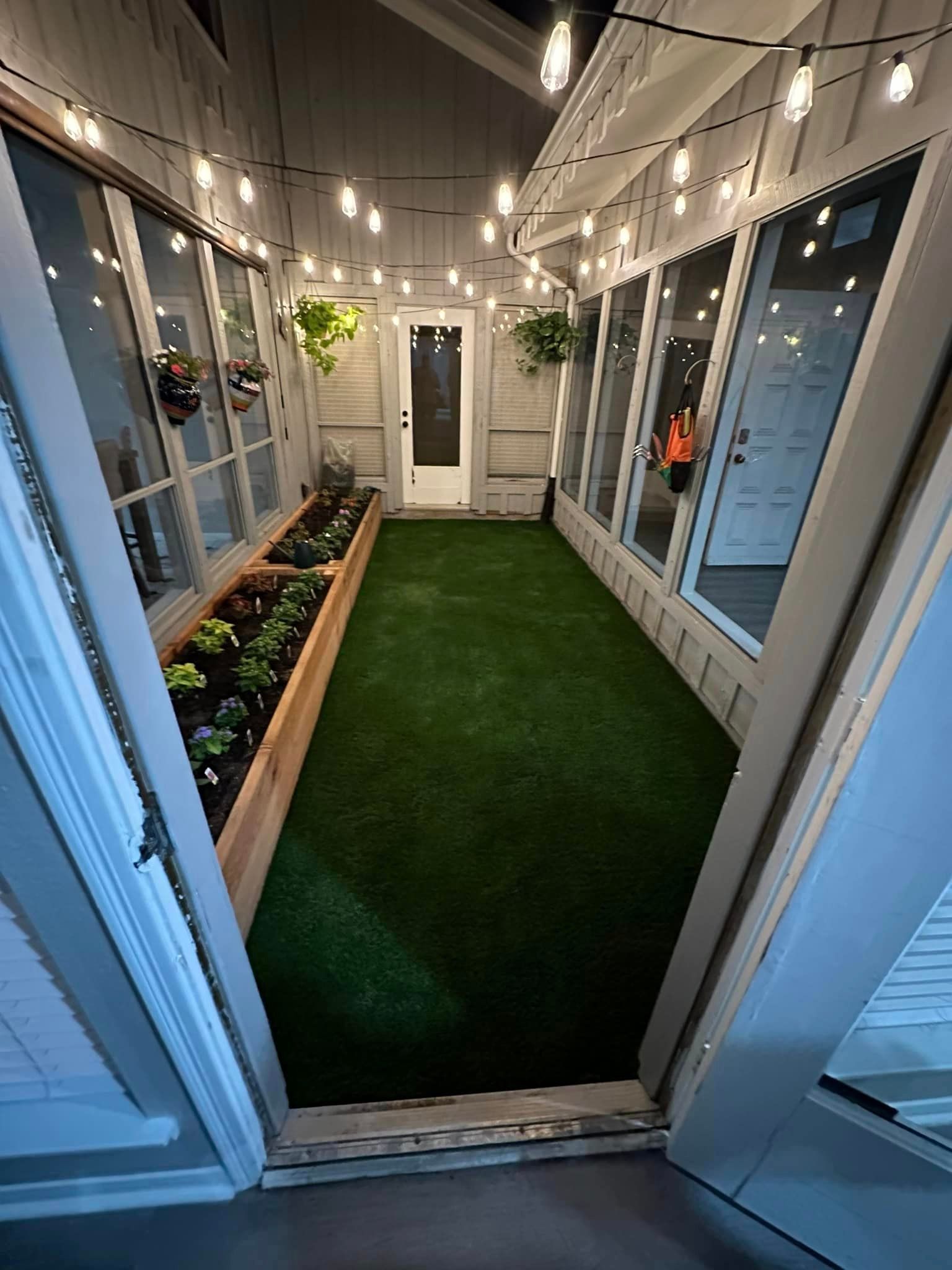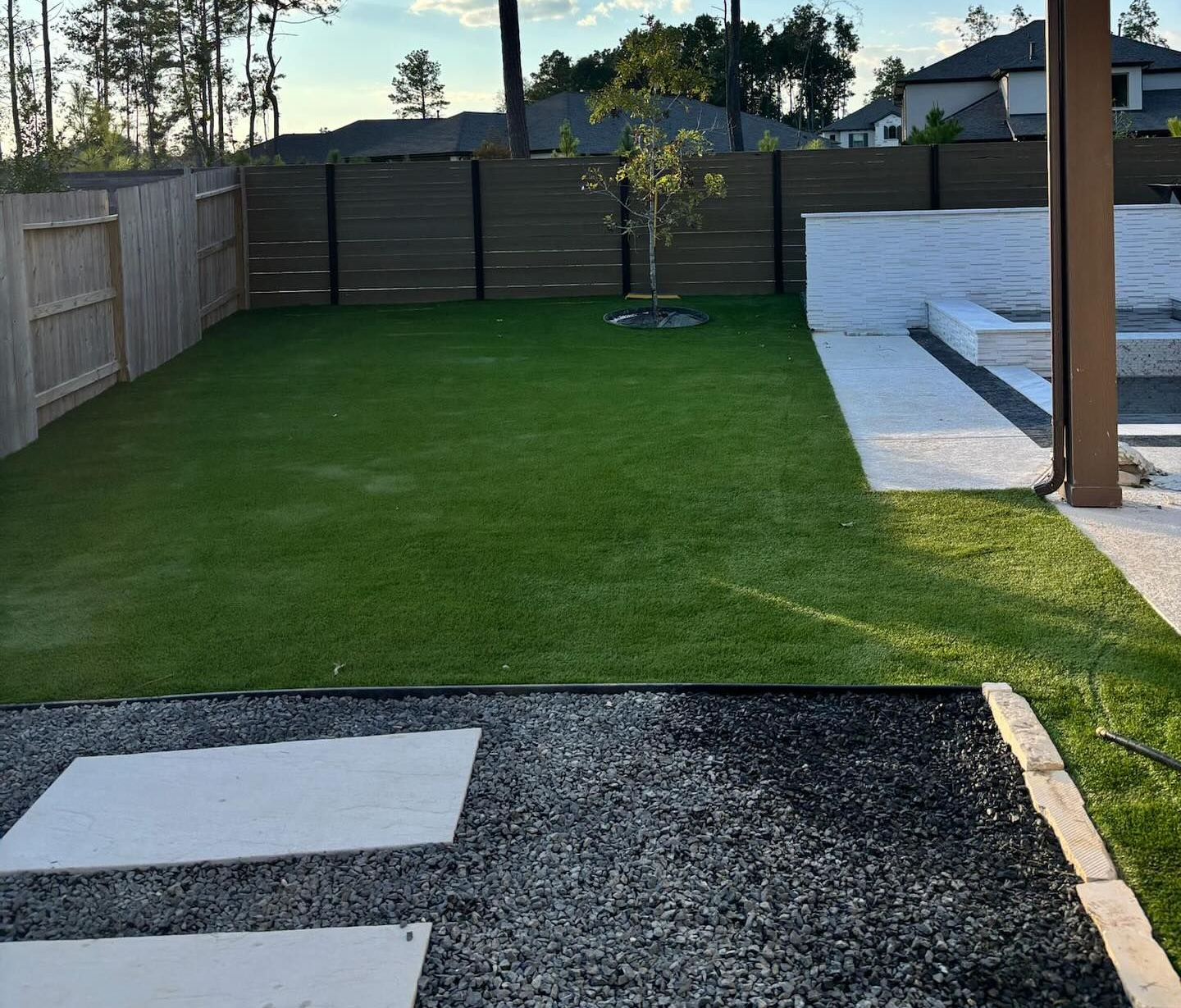How Artificial Turf Saves Water and Reduces Your Environmental Impact

In recent years, environmental sustainability has become a top priority for homeowners, businesses, and communities alike. With the growing awareness of water shortages, the harmful effects of pesticides, and the importance of reducing carbon footprints, many people are looking for innovative ways to live and operate more sustainably. This shift towards eco-friendly practices presents numerous opportunities for impactful changes in daily life and business operations.
One solution that checks all the boxes for environmental conservation is switching to artificial turf. Beyond its aesthetic appeal, artificial turf is a powerful tool in the fight against water waste and environmental degradation. This sustainable option provides long-term benefits that contribute significantly to preserving precious resources. Here’s how installing artificial grass can save water and reduce your overall environmental impact.
1. Water Conservation: An End to Lawn Watering
Traditional natural grass lawns demand enormous amounts of water to stay lush and green—especially in drought-prone areas. The U.S. Environmental Protection Agency (EPA) estimates that nearly 9 billion gallons of water are used daily for lawn care in residential areas alone.
Artificial turf provides a stunning green look year-round without relying on this enormous volume of water. By making the switch, homeowners and businesses reduce the strain on water supplies, a crucial step in combating water scarcity. Some key benefits include:
- Eliminating daily watering demands: Artificial turf only requires occasional rinsing, saving thousands of gallons each year.
- Helping combat droughts: Many regions implement lawn watering restrictions during dry seasons, making artificial turf a practical choice that supports water conservation efforts.
- Perfect for arid climates: Synthetic grass thrives in areas where water resources are limited and natural grass cannot easily survive.
2. Cutting Out Harmful Lawn Chemicals
Natural grass lawns often demand an arsenal of fertilizers, pesticides, and herbicides to maintain their lush, green appearance. However, these chemicals can have far-reaching environmental consequences:
- Runoff pollution: Lawn chemicals frequently find their way into rivers, lakes, and groundwater, causing significant damage to aquatic ecosystems.
- Health risks: These chemicals present risks to pets, children, and the surrounding wildlife.
Artificial turf eliminates the need for hazardous chemicals altogether. Without the use of fertilizers or pesticides, you can maintain a gorgeous landscape, free of harmful environmental side effects.
3. Lower Greenhouse Gas Emissions
Another often-overlooked environmental benefit of artificial turf is its contribution to reducing greenhouse gas emissions. Traditional lawn care typically involves gas-powered equipment like mowers, trimmers, and leaf blowers. According to the Environmental Protection Agency, a single gas-powered lawn mower can emit as much pollution in one hour as 11 cars.
In contrast, artificial turf is virtually maintenance-free. This means:
- No mowing or trimming: No need for gas-powered equipment, significantly reducing carbon emissions.
- Reduced reliance on fossil fuels: A smaller carbon footprint from your landscaping activities.
- Less waste: Artificial turf doesn’t require the disposal of clippings or plant waste, further reducing its environmental impact.
4. Durability and Waste Reduction
Artificial turf is incredibly durable and long-lasting. High-quality turf can remain in top condition for 15–20 years with minimal maintenance. This eliminates the waste associated with constantly reseeding or resodding lawns and reduces the consumption of resources used to maintain a traditional yard.
When its lifecycle is complete, many artificial turf products are recyclable, helping prevent waste from entering landfills. As recycled materials become more common in synthetic grass production, the environmental advantages will only grow stronger.
5. Less Energy Consumption
In addition to reducing water use and greenhouse gas emissions, artificial turf saves energy in other ways:
- No irrigation systems needed: Artificial grass eliminates the need for energy-intensive sprinkler systems or pumps.
- Weed-free living: Say goodbye to electric or gas-powered weed control tools—your synthetic lawn is virtually weed-proof.
By cutting back on energy use, you’re not just saving money on your utility bills—you’re also lightening your environmental footprint.
A Beautiful Lawn That Benefits the Planet
Switching to artificial turf can transform your lawn into a sustainable, low-maintenance, and eco-friendly solution. Here's a quick recap of what you gain:
- Preserve water resources: Never worry about watering restrictions or wasteful sprinklers.
- Avoid toxic chemicals: Protect the environment, local wildlife, and the health of your family.
- Reduce carbon emissions: Cut down your reliance on gas-powered landscaping tools.
- Long-lasting value: Enjoy a gorgeous, green lawn for years without the constant upkeep.
Artificial turf is no longer just a trendy option for homeowners—it’s a forward-thinking investment in sustainability. With the combined benefits of water conservation, reduced emissions, and chemical-free maintenance, synthetic lawns are the green choice you can feel good about.
Why Choose TurfCraft Innovations?
At TurfCraft Innovations, we specialize in providing premium-quality artificial turf solutions designed to enhance your property while protecting the environment. Our turf products are durable, visually stunning, and crafted with environmentally responsible practices in mind.
By choosing TurfCraft Innovations, you're not only saving time and money—you’re making a meaningful choice for the planet. Contact us today to learn how artificial turf can transform your landscape while helping you reduce your environmental impact.
Ready to Go Green?
Start your eco-friendly journey today with TurfCraft Innovations. Get in touch with our team for a free consultation!








